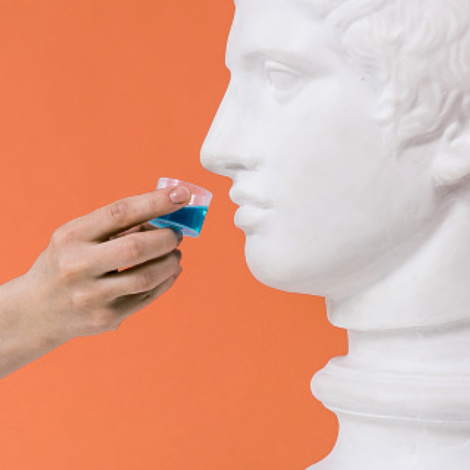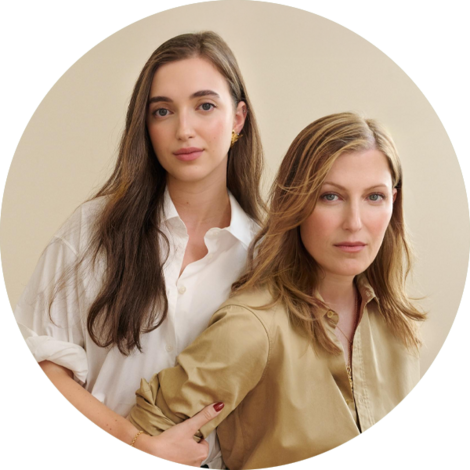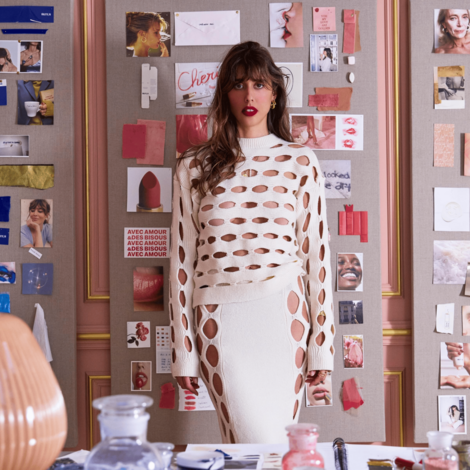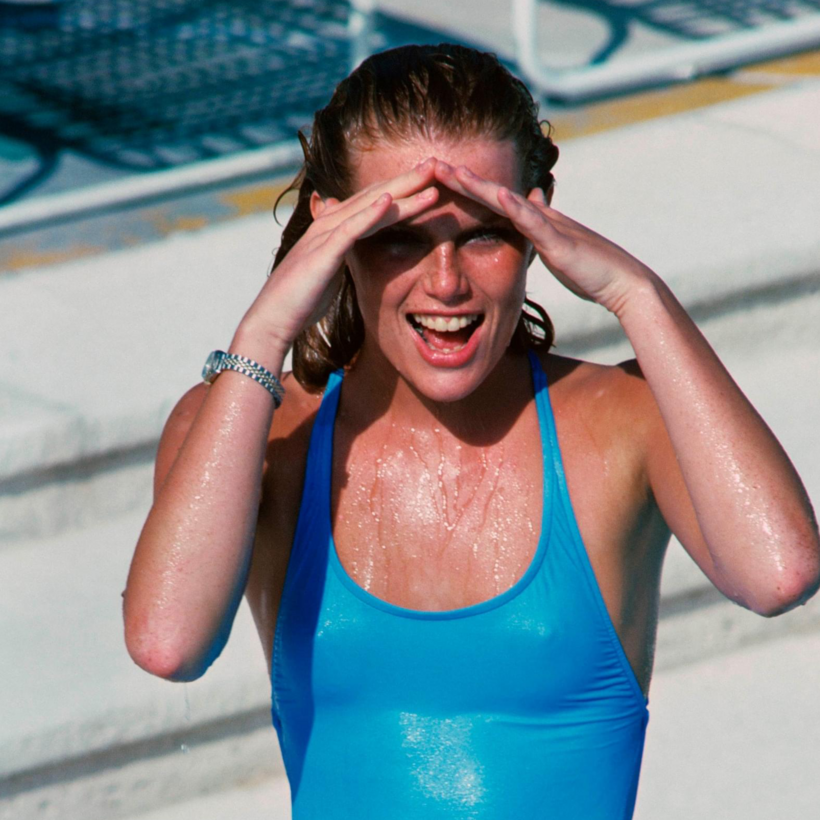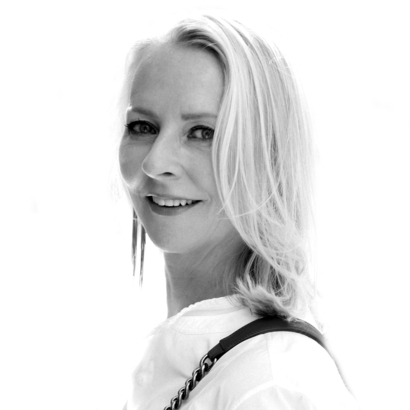Have you ever cried in a Bergdorf’s changing room? I haven’t, either, but I did come close, so close that I called David Kirsch, Heidi Klum’s trainer, for an emergency session. I was shopping for a strapless maillot and was rattled by the three-way mirrors, surgical lighting, and limitations of nylon and Spandex.
This particular anxiety is so common that actual scientists have studied it, finding that even imagining wearing one of these contraptions increases a sense of self-objectification, gloom, and body shame. Trying on that suit in a store’s dressing room can be even more unnerving than wearing it in public. After doing so, both women and men performed worse on math problems and other cognitive tests. Helpful hint: Don’t do this before your big shot at Jeopardy!
The designers feel your pain. In fact, the founders behind one new brand considered showing a woman weeping in a dressing room to drive home a point we know all too well. “It doesn’t matter what you look like. No one likes shopping for swimwear,” says Shannon Savage, who, with Laura Low Ah Kee, co-founded Left on Friday in 2018. “When we were launching, we were going to have a picture of a girl crying with the message, ‘SOS, we’re here for you.’” Instead, they discovered another kind of emotion. In the early days of the brand, a woman who was three months postpartum emerged from a dressing room with a one-piece in hand and tears in her eyes, saying, “I have never felt this good.”
That’s a switch. The new brands—and there are many start-ups in the space—have something in common: the desire to excise the misery from the experience of thinking about shopping for a swimsuit, shopping for a swimsuit, and wearing that swimsuit out in the world. These designers may be spiritual descendants of Eres, the impeccable line that, in 1968, liberated the garment from the burdens of boning and padding. Eres turned instead to a special fabric and cut to prop up the body. “We have tricks to make your waist look thinner and your derrière more lifted,” says Marie-Paule Minchelli, the creative director of Eres for 17 years. “It is the most complicated piece of clothing you can design for a woman. That and lingerie. And because it’s so small, it requires the craftsmanship of jewelry-making.” How small? As the legendary editor Diana Vreeland said about the bikini, “It revealed everything about a girl except her mother’s maiden name.”
The Eres fabric is called peau douce, or “soft skin.” It could be a metaphor for the sweet, gentle way it treats the body. “Peau douce is truly a second skin. It softens the imperfections,” says Minchelli. “Très douce is a perfect summary of what it is.”
Left on Friday’s linchpin is a fabric that’s thick enough to “make you feel a little superhuman,” says Savage. The founders leaned on their experience at Lululemon, where each worked for more than a decade and learned the power of compression to give “that held-in feeling,” says Savage. “My whole career has just always been about analyzing women’s bodies and how to accentuate areas that they want accentuated.” They test-drove fabrics and found that some were muscular when dry, only to become slack and nearly transparent when wet, as Savage discovered the hard way on a water slide. They also aimed for both luxurious softness and sturdiness against salt water, chlorine, sun, and sand. “Typically, luxury and durability are not two words that mix,” says Savage. They trademarked the result, Smoothing Dream Fabric, which is a welcome departure from the usual lumpy nightmare.
The swimwear at Eres is not treated softly or sweetly, either. Deep in a torture chamber in France, it’s subjected to unspeakable abuse by sand and heat. “It’s the destroy lab,” says Minchelli. “And some colors don’t make it through the test.” She finds sunscreen to be one of the worst offenders.
Some fashion houses make suits sprinkled with sequins and ruffles, which seem most conducive to posing for selfies with a glass of Domaines Ott in hand. The people behind Left on Friday are athletes, and they want to surf, kiteboard, and dive with ease, and then maybe pose with a glass of rosé. Their goal is to allow the wearer to move without hesitation or unintended exposure. This is no joke; Left on Friday created the one-shoulder bikinis for Canada’s Olympic volleyball team, an accomplishment that “was like being on the runway center stage,” says Low Ah Kee.
All of this is lovely, but it doesn’t address the most painful swimsuit pain point: trying it on. “A one-piece is notoriously hard to fit,” says Savage, “just because you’re dealing with boob size, bum size, and torso size”—all of which pull the fabric in different directions. “They’re fun to design but way harder to fit.”
As devotees of Eres know, once you’ve found your first suit, all you have to do is order a new color or detail each season. The classic cuts and shapes are never retired. The challenge for an upstart like Left on Friday is that first fit—and when you don’t do it right, “they’re not going to come back,” says Savage.
Let’s face it, no one is getting out a tape measure, so the founders devised a guide that includes a list of commonly understood numbers, such as height and jean size. Not long after their launch, Savage and Low Ah Kee asked their Instagram followers to upload a selfie wearing their Left on Friday styles and to include their height and the sizes of their jeans, bra, and bikini top and bottom in exchange for a chance to win a free suit. I wouldn’t do that for a free trip to space, but 200 women cheerfully played along. In the pictures on the site, not one looks to be on the verge of tears.
Going to the beach, after all, is not supposed to be a punishment. And the best swimsuit-makers get it. Minchelli dedicates her efforts to making a woman feel beautiful, she says. “She should feel naked.” Wearing a swimsuit is an intimate act and one that carries with it an extra sense of responsibility. When it works, says Savage, “you feel that someone really knows you and has your back.”
Linda Wells is the Editor at Air Mail Look

